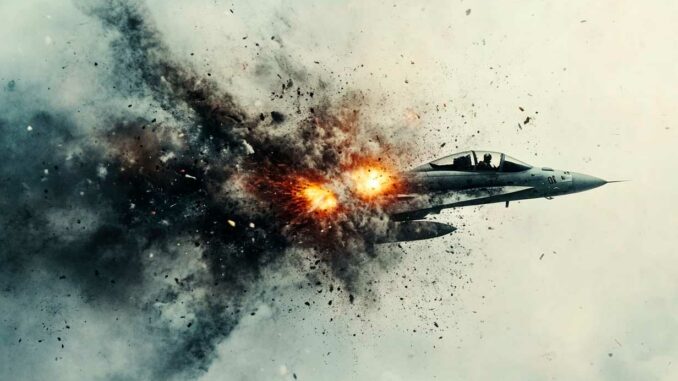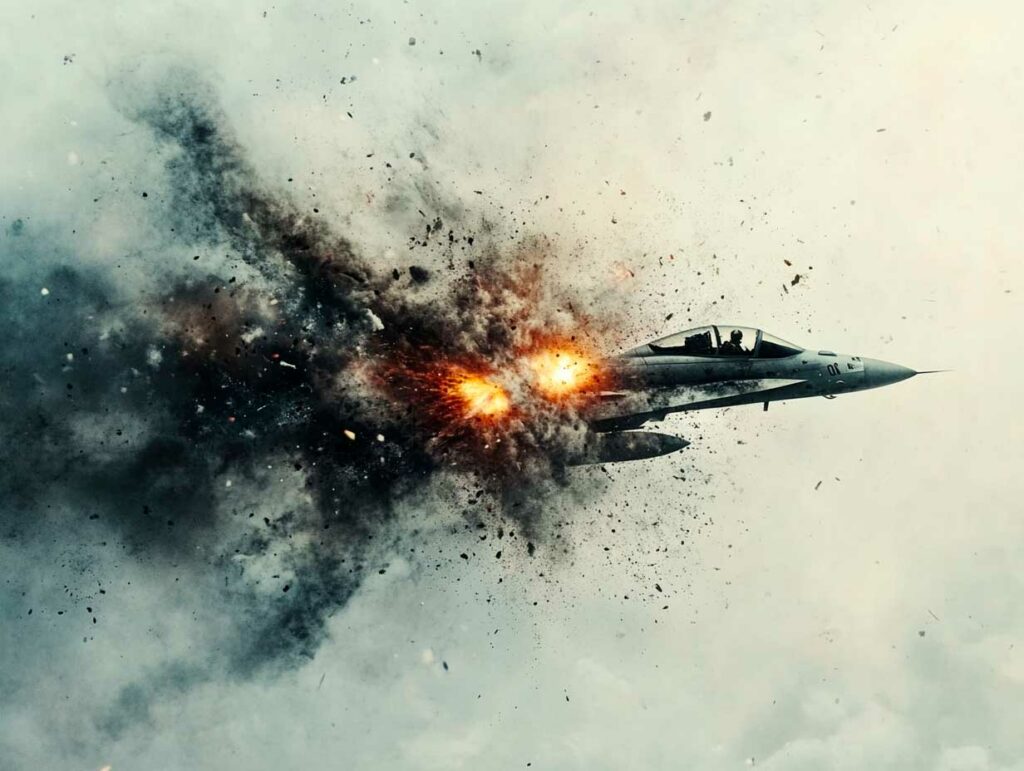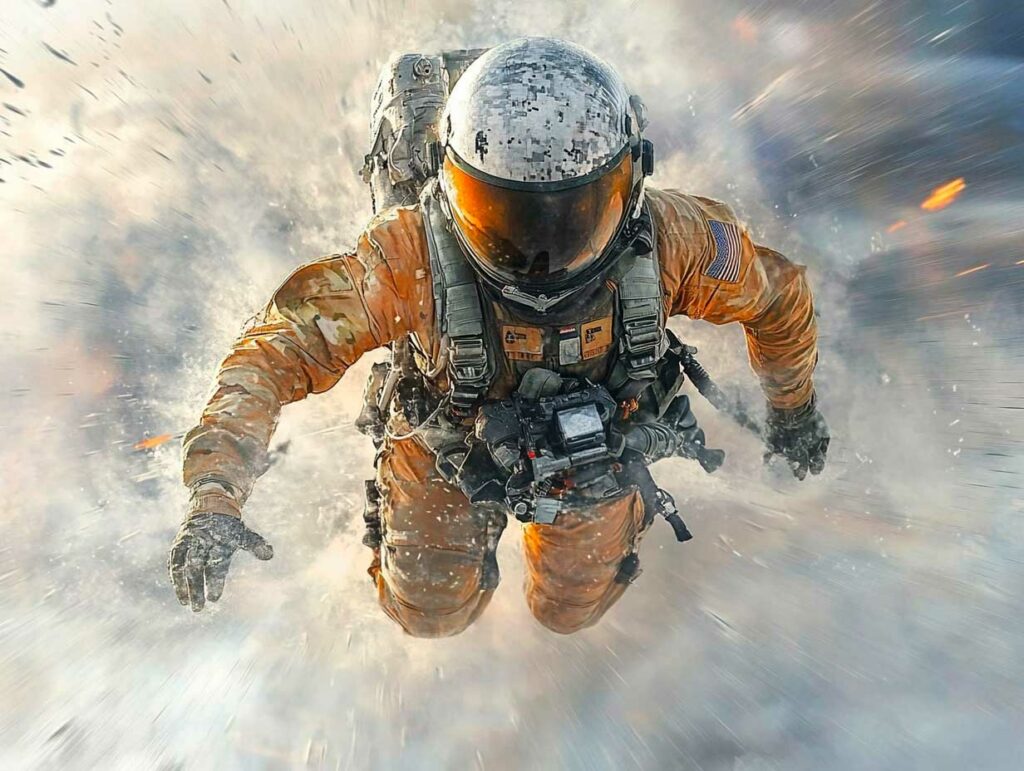
Technical analysis of ejection procedures in fighter aircraft at high altitude and supersonic speed.
The ejection of a pilot at high altitude and supersonic speed is a critical operation in military aviation. Although rare, this maneuver requires perfect coordination between the pilot and the onboard systems to ensure survival. The challenges are numerous: extreme atmospheric conditions, intense aerodynamic forces, and physiological risks. This article examines in detail the ejection procedures under these conditions, focusing on technical aspects and recent innovations.

The ejection system: design and operation
The ejection seat is a complex device designed to quickly extract the pilot from a fighter aircraft in an emergency. It is equipped with pyrotechnic mechanisms and rockets that propel the seat out of the aircraft. Modern models, such as the ACES II, incorporate sensors that adapt the ejection sequence based on the aircraft’s speed, altitude, and attitude. This adaptability is crucial to ensuring pilot safety in a variety of conditions.
The ejection sequence begins with the activation of a handle located between the legs or on the side of the seat. This activates explosive charges that detach the canopy or destroy it using a detonating cord. The seat is then propelled along guided rails, reaching a sufficient altitude to allow the main parachute to deploy. Stabilization devices, such as brake parachutes, are deployed to control the trajectory of the seat.
Modern ejection seats are designed to operate in a wide range of conditions, including at supersonic speeds and high altitudes. For example, the K-36DM seat, used in Russian aircraft, allows ejection at speeds of up to 1,400 km/h and at altitudes of up to 25,000 meters. These performances are made possible by advanced technologies, such as aerodynamic shields and pressure regulation systems.
Physiological challenges and risks for the pilot
Ejection at high altitude and supersonic speeds exposes pilots to extreme conditions. Acceleration forces can reach 12 to 14 g, leading to serious injuries, including spinal fractures. Temperature, atmospheric pressure, and lack of oxygen at high altitudes also increase the risk of hypoxia and hypothermia.
To mitigate these risks, pilots wear pressurized suits and helmets equipped with oxygen systems. In addition, modern ejection seats incorporate protective devices, such as reinforced headrests and safety harnesses, to minimize injuries during ejection.
Despite these precautions, statistics indicate that ejections at low altitudes have a higher mortality rate. One study found that ejections below 152 meters have a survival rate of 51.2%, compared to 91.4% for those performed above this altitude. This highlights the importance of making quick and appropriate decisions in an emergency.

Technological innovations and future prospects
Technological advances have significantly improved the safety of ejections at high altitudes and supersonic speeds. The latest generation of ejection seats, such as the ACES 5, incorporate computer systems that automatically adjust the ejection sequence according to specific flight conditions. These systems can modulate the thrust of the rockets to adapt to the weight of the pilot and the configuration of the aircraft.
In addition, gyroscopic stabilization devices and controlled-deployment parachutes reduce oscillations during descent, improving survival chances. These innovations also expand the weight range of pilots who can use these seats, making pilot selection more inclusive.
Looking ahead, research is underway to develop even safer ejection systems, including integrated escape pods and augmented reality technologies to assist pilots during emergency procedures. These developments aim to further reduce the risks associated with high-altitude, supersonic ejections.
High-altitude, supersonic ejection remains a complex and risky operation, despite technological advances. The combination of sophisticated ejection systems, rigorous training, and strict safety protocols is essential to ensuring pilot survival in these extreme situations. Continued innovation in this area promises to further improve the safety and effectiveness of ejection procedures in the future.
War Wings Daily is an independant magazine.